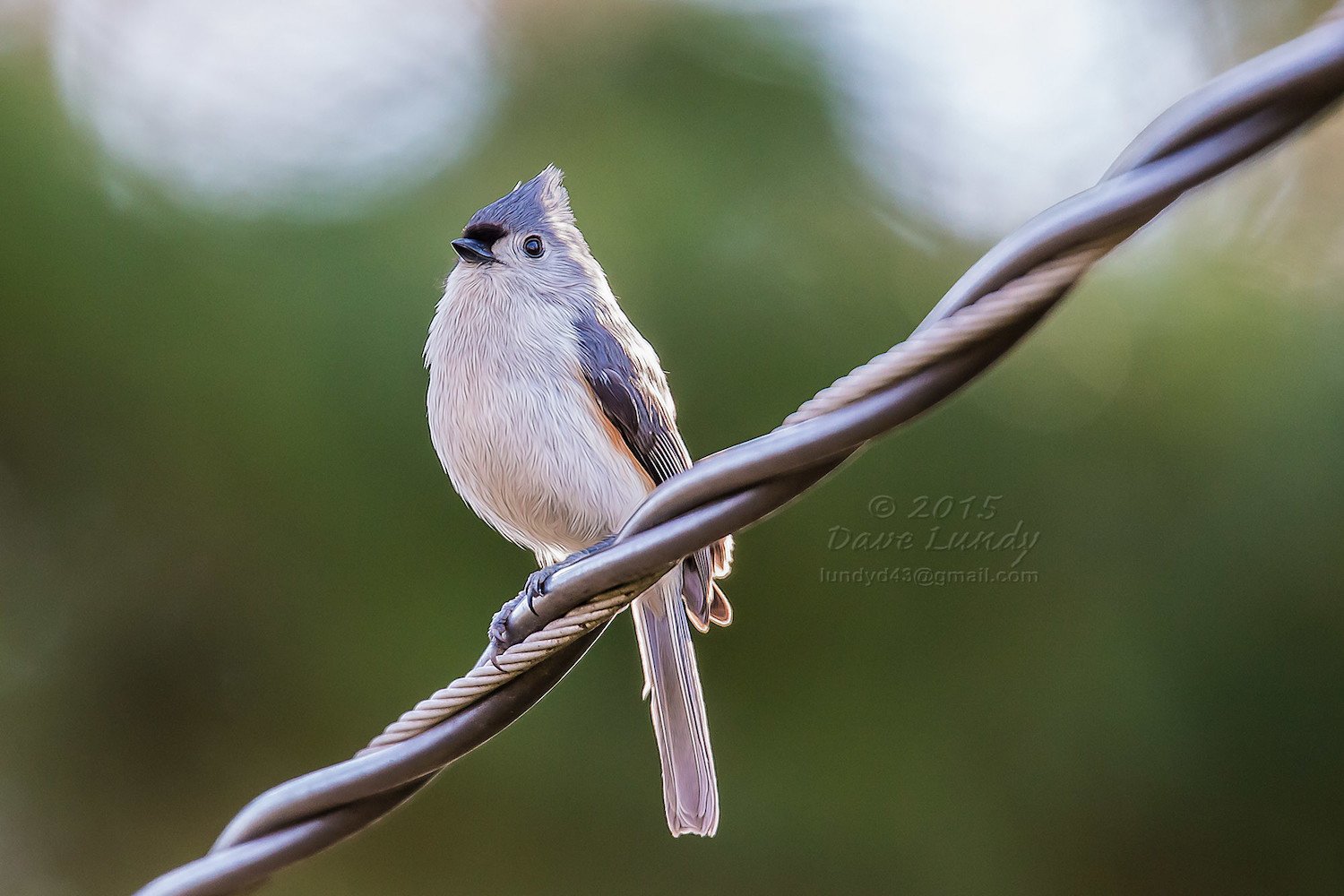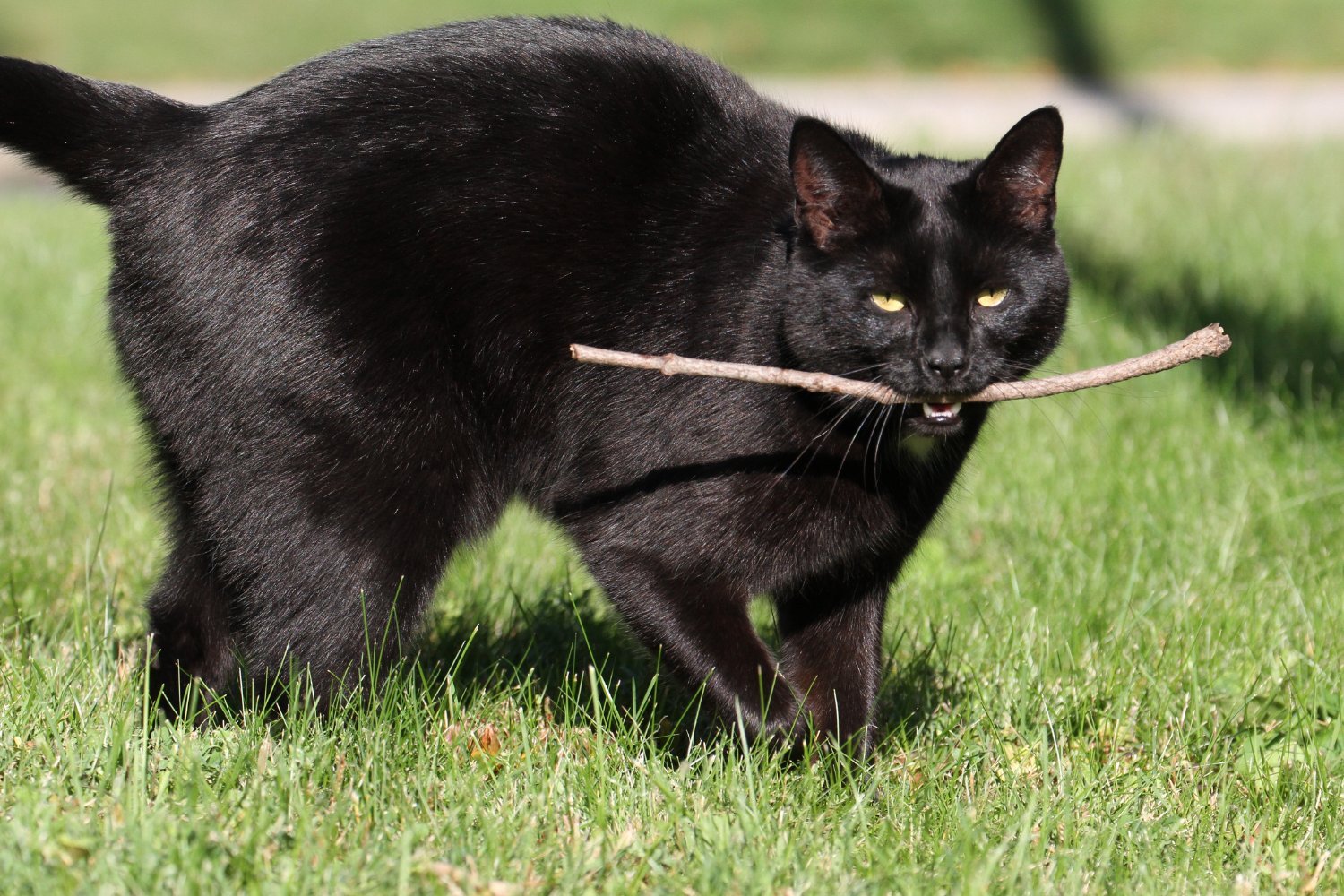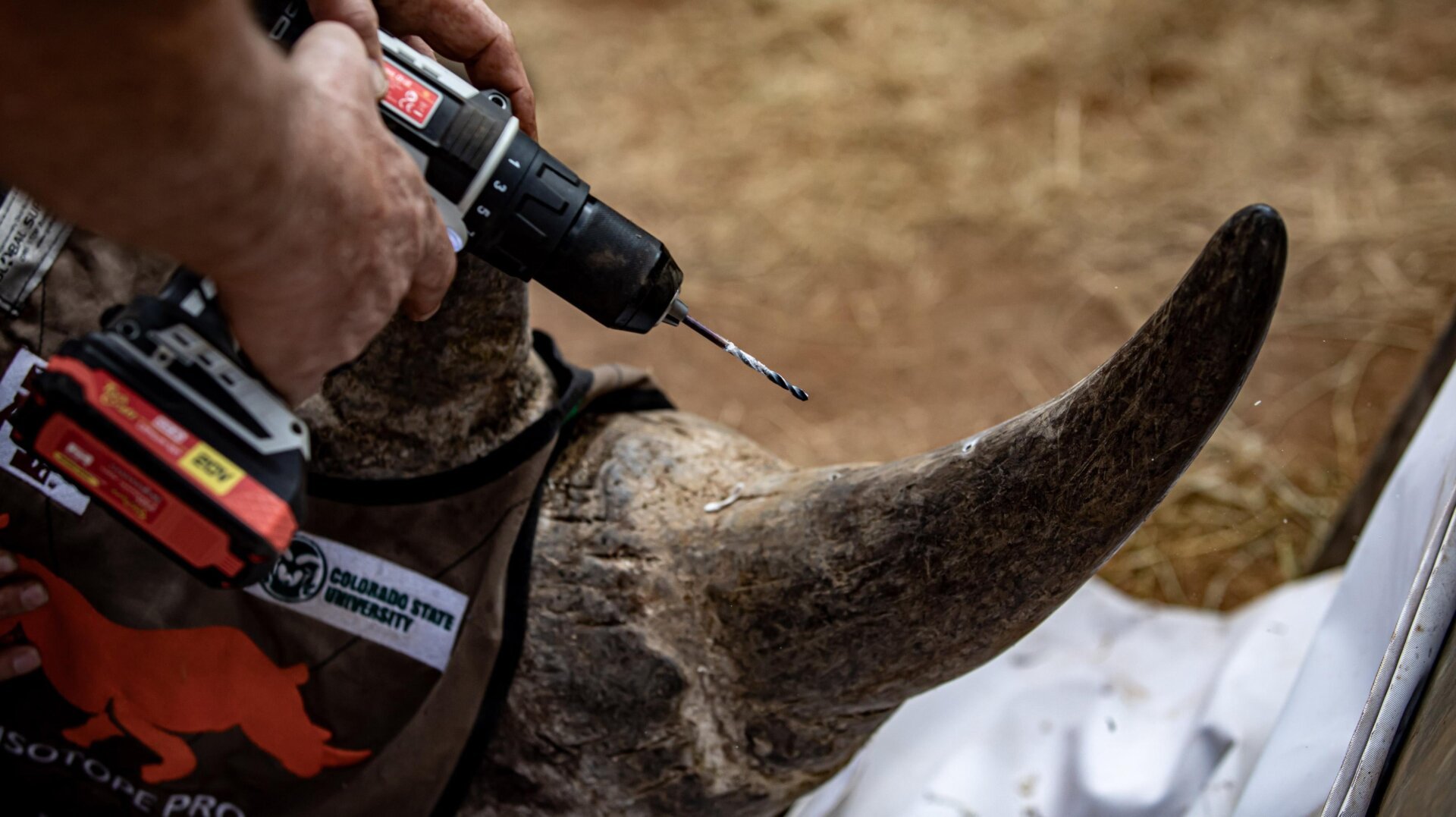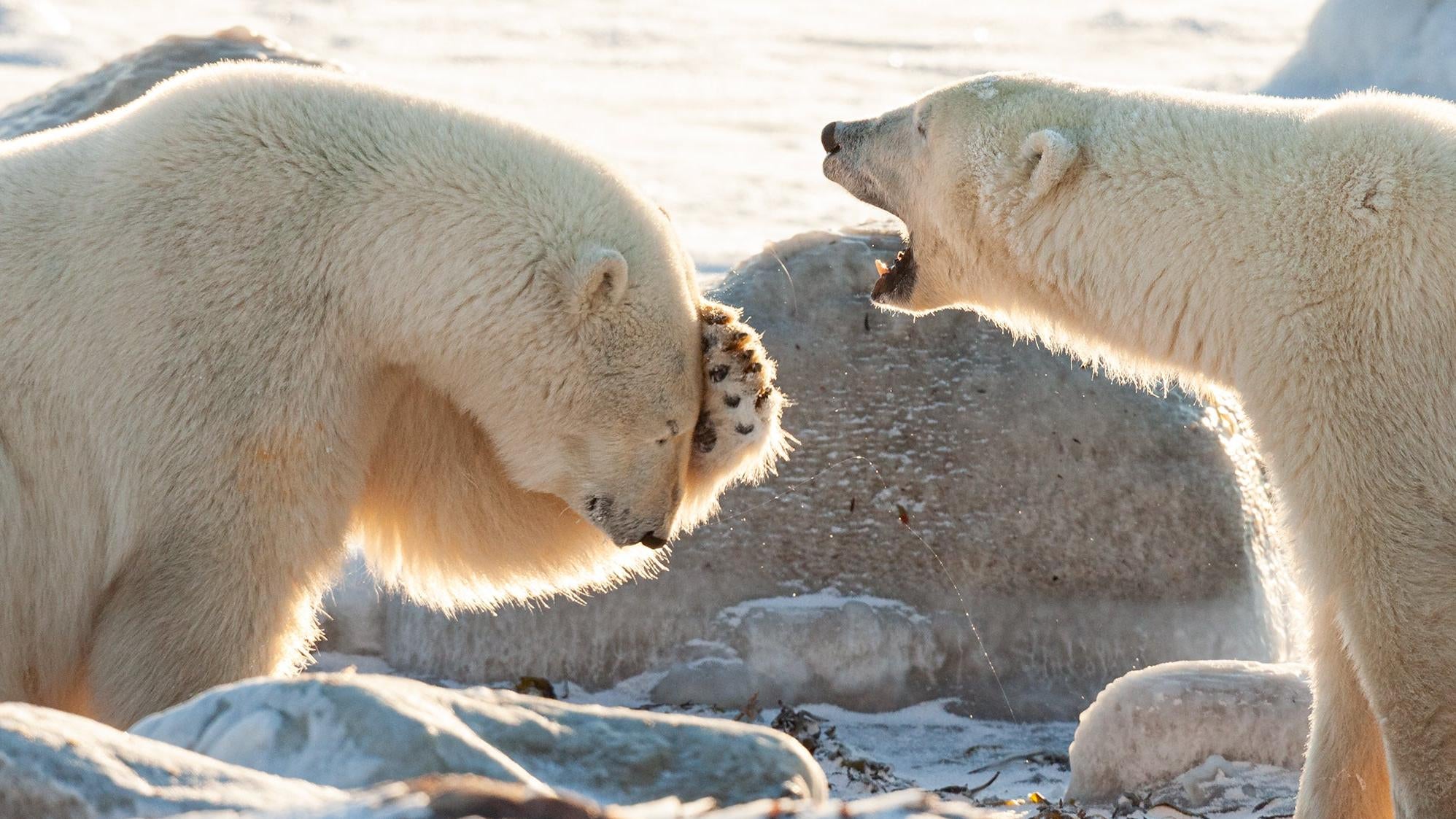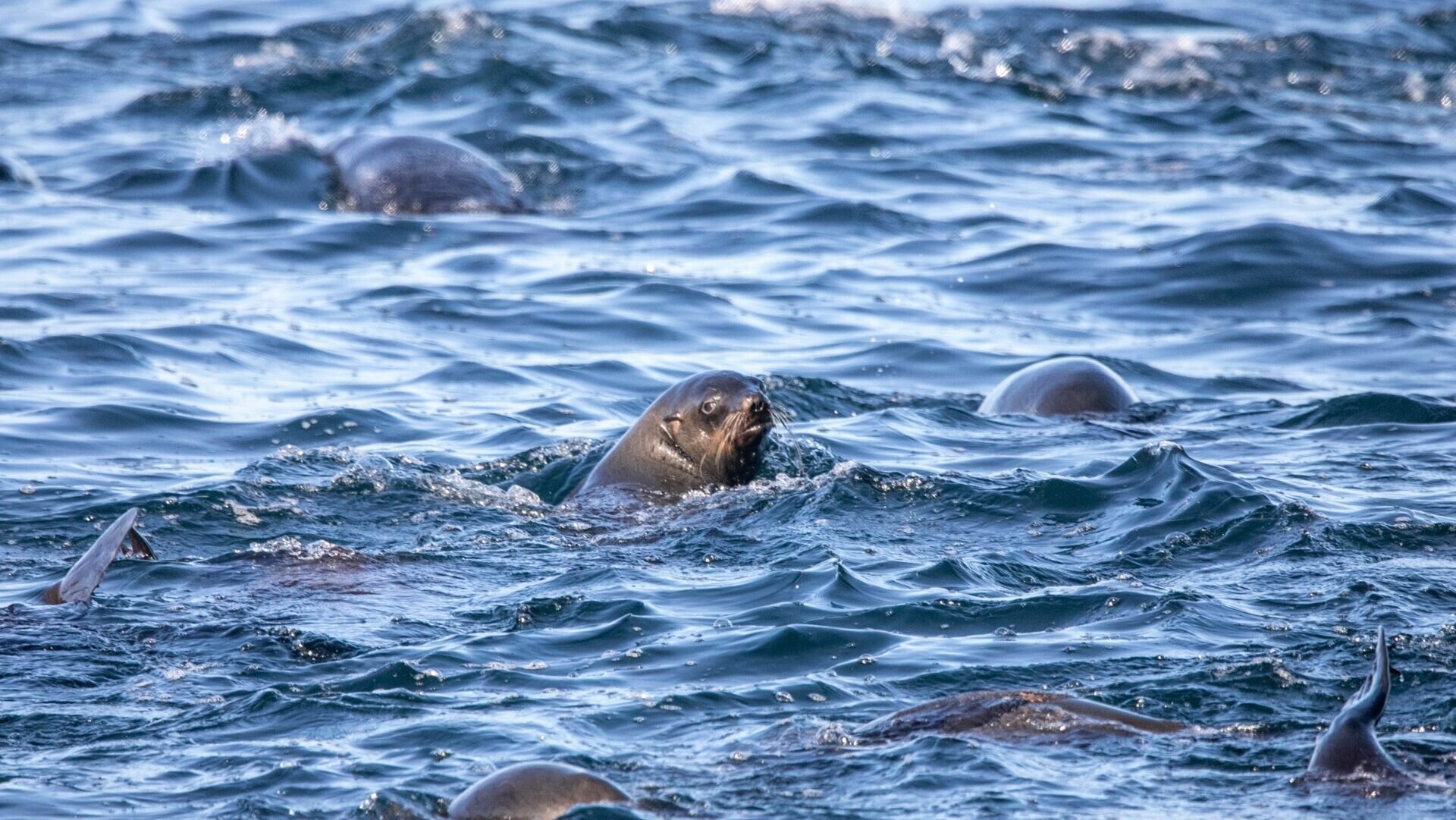Electrocuted birds falling from power lines are a surprisingly common cause of wildfires across the United States. This phenomenon, which involves birds igniting after being electrocuted and then falling onto dry vegetation, has been responsible for at least three wildfires in Colorado this summer alone. This issue isn’t isolated to a single state; it’s a nationwide concern.
The Shocking Statistics of Bird-Caused Wildfires
A 2022 study revealed that electrocuted birds ignited 44 wildfires in the contiguous United States between 2014 and 2018. This research, led by biologist Taylor Barnes, now working for EDM International, highlights the significant impact of “avian-caused ignitions.” These incidents occur when a bird perches on a power line and, for various reasons, receives a fatal electric shock, often igniting its feathers. The bird then falls, potentially landing in dry brush or other flammable material, sparking a wildfire.
Why Don’t All Birds on Power Lines Ignite?
While we frequently see birds perched on power lines, spontaneous combustion is rare. Barnes explains that birds simply resting on a wire pose no threat. The danger arises when a bird completes a circuit, typically by touching another part of the power infrastructure or the ground. This allows electricity to flow through the bird, resulting in electrocution and potential ignition.
A Closer Look at Avian-Caused Wildfire Incidents
On July 13th, a devastating fire in Arapahoe County, Colorado, destroyed a home and twelve outbuildings, likely caused by a flaming bird. The fire consumed over 1,100 acres. One possible explanation is that the bird was foraging for insects inside an arrester cap, a device designed to protect power equipment from voltage surges. Insects can attract birds, leading them to peck at the arrester cap and inadvertently make contact with energized components.
Two other wildfires in Colorado, on July 31st and August 27th, were also potentially caused by birds, although the specific circumstances remain unclear. Fortunately, no injuries or fatalities were reported in these incidents.
Identifying High-Risk Areas and Prevention Strategies
Barnes’s 2022 study identified California’s Mediterranean ecoregion as a hotspot for avian-caused wildfires. He recommends that authorities in this area, and other fire-prone regions, consider modifying power poles to prevent bird electrocutions.
Conclusion: Protecting Birds and Preventing Wildfires
Given the increasing frequency and devastating impact of wildfires, investing in preventative measures to protect birds from electrocution is crucial. Modifying power line infrastructure could significantly reduce the risk of avian-caused wildfires, safeguarding both wildlife and communities.



